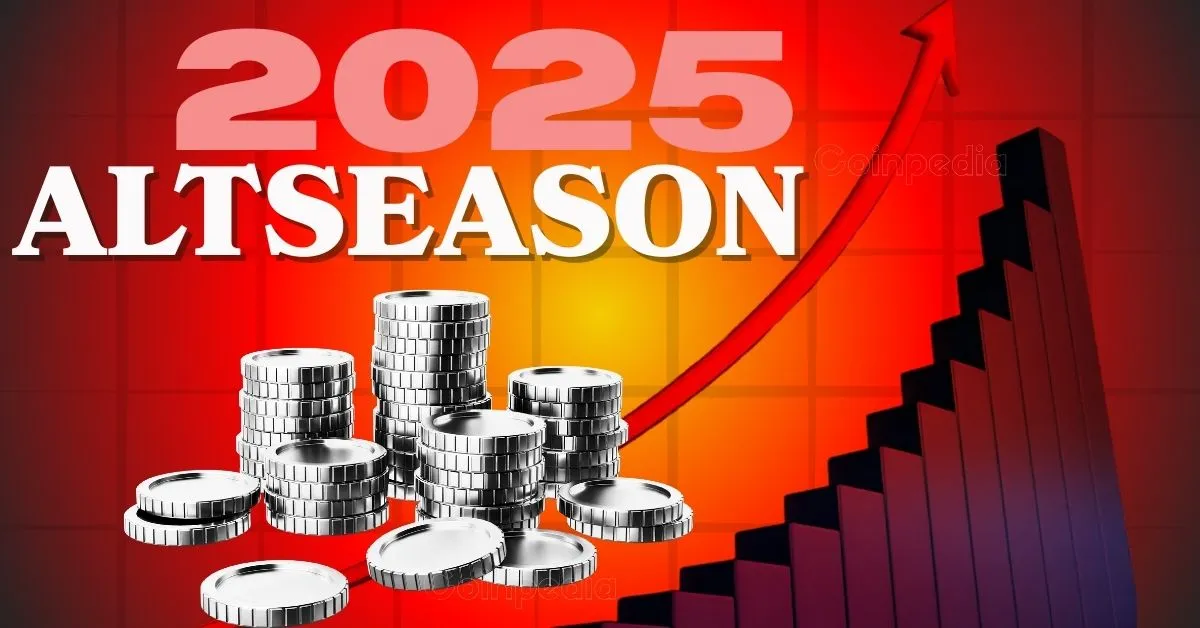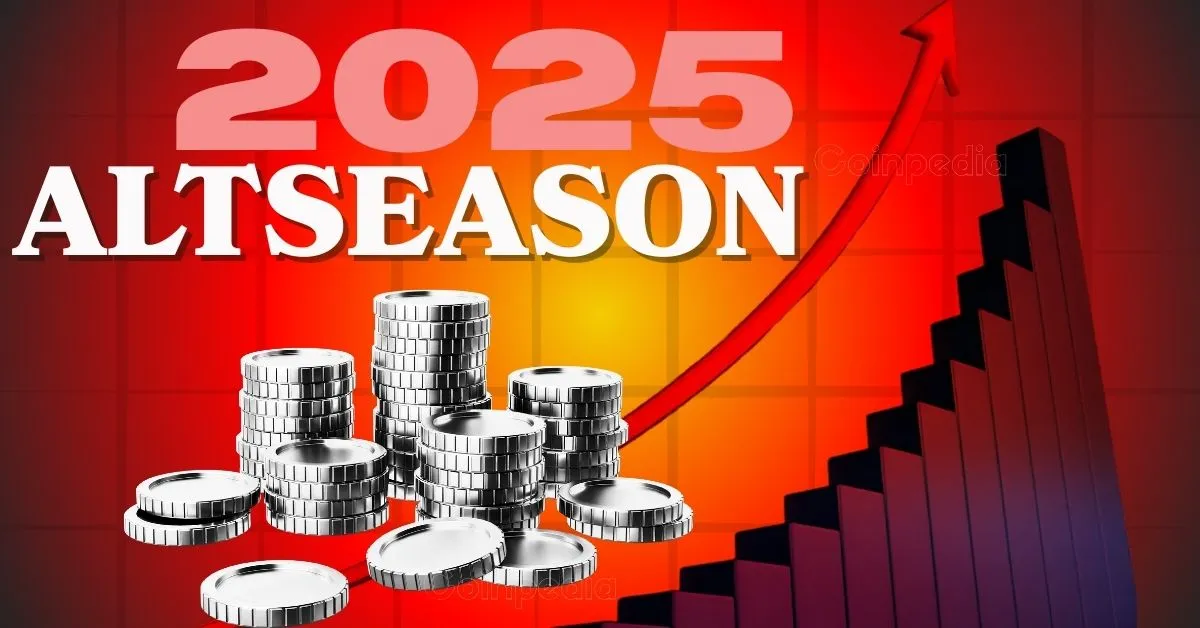The Altcoin Season Debate: Delayed but Not Dead
Understanding Altcoin Season
The crypto community buzzes with anticipation, speculation, and sometimes, outright impatience surrounding the phenomenon known as “altcoin season.” This isn’t just a catchy phrase; it represents a potentially lucrative period when alternative cryptocurrencies (altcoins) demonstrably outperform Bitcoin. Imagine a financial ecosystem where niche projects and innovative technologies suddenly command the spotlight, usurping the dominance of the original digital gold.
Altcoin season is generally defined as a sustained period during which the majority of top altcoins surpass Bitcoin’s price performance. This performance is often measured using indices that track price movements over a specific timeframe, typically 90 days. When altcoin season takes hold, Bitcoin’s market dominance wanes as investors reallocate their capital, fueling significant price surges and heightened trading activity in altcoins. Historical precedents, such as the explosive rallies of 2017 and 2021, serve as testaments to the potential magnitude of these events. During those periods, altcoin indices entered cyclical zones indicative of strong upward momentum, creating fortunes for those who timed their investments wisely.
The allure of altcoin season stems from its potential to generate outsized returns compared to Bitcoin. Savvy investors recognize this as an opportunity to amplify their portfolio gains by strategically allocating capital to altcoins poised for growth. However, the timing is crucial. Predicting the onset and duration of altcoin season requires a keen understanding of market dynamics, investor behavior, and the underlying factors that drive capital rotation within the cryptocurrency market.
The Delay: Institutional Influence and Market Shifts
Despite the persistent anticipation, altcoin season has remained elusive, prompting questions about the factors contributing to its delay. Several key influencers have been observed, including institutional factors and market Dynamics.
Institutional Preference for Bitcoin: One of the primary reasons for the delayed altcoin season lies in the behavior of institutional investors. These entities, responsible for a significant portion of the recent Bitcoin rally through spot ETFs and substantial capital inflows, exhibit a preference for Bitcoin. Their conservative investment strategies prioritize Bitcoin’s perceived security and liquidity over the perceived higher risk and volatility associated with altcoins.
Bitcoin Dominance: Another contributing factor is Bitcoin’s sustained market dominance. Throughout 2025, Bitcoin’s dominance has remained elevated, frequently exceeding critical thresholds like 60%. This high dominance signifies that Bitcoin captures a disproportionately large share of the total cryptocurrency market capitalization, effectively crowding out altcoins and limiting the potential for capital rotation.
Capital Rotation Patterns: Unlike previous market cycles, the traditional capital shift from Bitcoin to altcoins has been noticeably subdued. This shift doesn’t necessarily signal the end of altcoin season but rather a potential structural change. Instead of a broad, speculative mania, altseason may manifest differently, driven by altcoins with robust use cases and demonstrable value.
Liquidity and Regulation: Reduced liquidity and increased regulatory scrutiny have also played a role in delaying altcoin season. These factors have made investors more cautious and selective, favoring altcoins with tangible utility, compelling narratives, or groundbreaking technological innovation. This increased scrutiny has led to a more segmented and measured altcoin market, where only the most promising projects attract significant capital.
Market Indicators: Whispers of an Imminent Surge
While altcoin season hasn’t officially arrived, several market indicators offer glimpses of its potential emergence:
Altcoin Accumulation: Smart investors appear to be strategically accumulating altcoins during this period of relative calm. This accumulation phase often precedes significant price appreciation, suggesting that knowledgeable investors are positioning themselves for future gains.
Altcoin Indices: Certain altcoin indices are exhibiting patterns reminiscent of the periods leading up to the rallies of 2017 and 2021. This cyclical setup hints at a potential comeback for altcoins in the long term.
Bitcoin Break Out Levels: Technical analysts suggest that a decisive Bitcoin breakout, particularly above the psychological resistance levels around $100,000 to $110,000, could act as a catalyst for altcoin season. Such a breakout would likely trigger increased risk-taking among investors, diverting capital into altcoins.
Market Sentiment: Increased trading volumes in altcoins like Cardano and Solana indicate growing investor interest and engagement. This increased activity could signal the early stages of a broader altcoin rally.
Skepticism: Is This Time Different?
Amid the anticipation, some analysts express skepticism, questioning whether structural changes in the market might permanently alter the dynamics of altcoin season:
Monetary Policy: The absence of the extraordinary monetary policies, such as quantitative easing, compared to previous cycles, may limit the potential for speculative excesses in the altcoin market.
Economic Uncertainty: Inflation uncertainties, stricter regulations, and evolving investor risk profiles suggest a maturing cryptocurrency market. This maturation could lead to less exuberant altcoin rallies.
Value Corrections: The possibility that many altcoins could face significant value corrections in the long term (e.g., predictions of up to 99% price drops by 2026 for weaker projects) strengthens the argument for a cautious outlook.
Bitcoin rising Domination: Some argue that Bitcoin’s rising dominance signals a long-term shift towards Bitcoin as the dominant digital asset, relegating many altcoins to secondary status.
Despite these concerns, the prevailing sentiment suggests that altcoin season is delayed, not dead. With the right catalysts, a revival remains a distinct possibility.
Looking Ahead: Triggers for 2025-2026
Analysts have identified several potential triggers that could spark altcoin season:
Bitcoin Dominance Decrease: A significant decline in Bitcoin’s market dominance would indicate capital rotation into altcoins, traditionally marking the beginning of altcoin season.
Gold Rally Failure: Given that gold is an important indicator, its inability to sustain rallies could redirect funds into risk-on assets like altcoins.
Interest Rates Cuts: Further reductions in interest rates could ease liquidity and encourage speculative investment in altcoins.
Bitcoin All Time High: Crossing this all-time high barrier could boost market enthusiasm, encouraging profit-taking in Bitcoin and reinvestment into altcoins.
Retail Participation: A resurgence of retail traders, driven by media coverage and FOMO (fear of missing out), could provide the fresh capital inflows needed to propel altcoins upward.
Innovation and Use: Alts with fundamental strengths—DeFi, gaming, Web3, layer-2 solutions—may lead the charge, driving selective sector growth ahead of a broad altseason.
Patience Pays: A Brewing Comeback
The interplay between Bitcoin dominance, institutional interest, and altcoin fundamentals paints a complex but promising picture. Rather than being a thing of the past, altcoin season appears to be a brewing comeback shaped by cautious investors, selective capital allocation, and underlying cyclical market forces.
For traders and investors, recognizing the delayed nature of altcoin season requires vigilance in monitoring market signals, strategically accumulating quality altcoins, and readiness to act when key triggers align. The crypto community’s anticipation may soon transform into a vibrant altcoin renaissance. Those who patiently position themselves for this moment will be the ones who relish in past cycles. Altcoin season is approaching quietly, but with strength.












